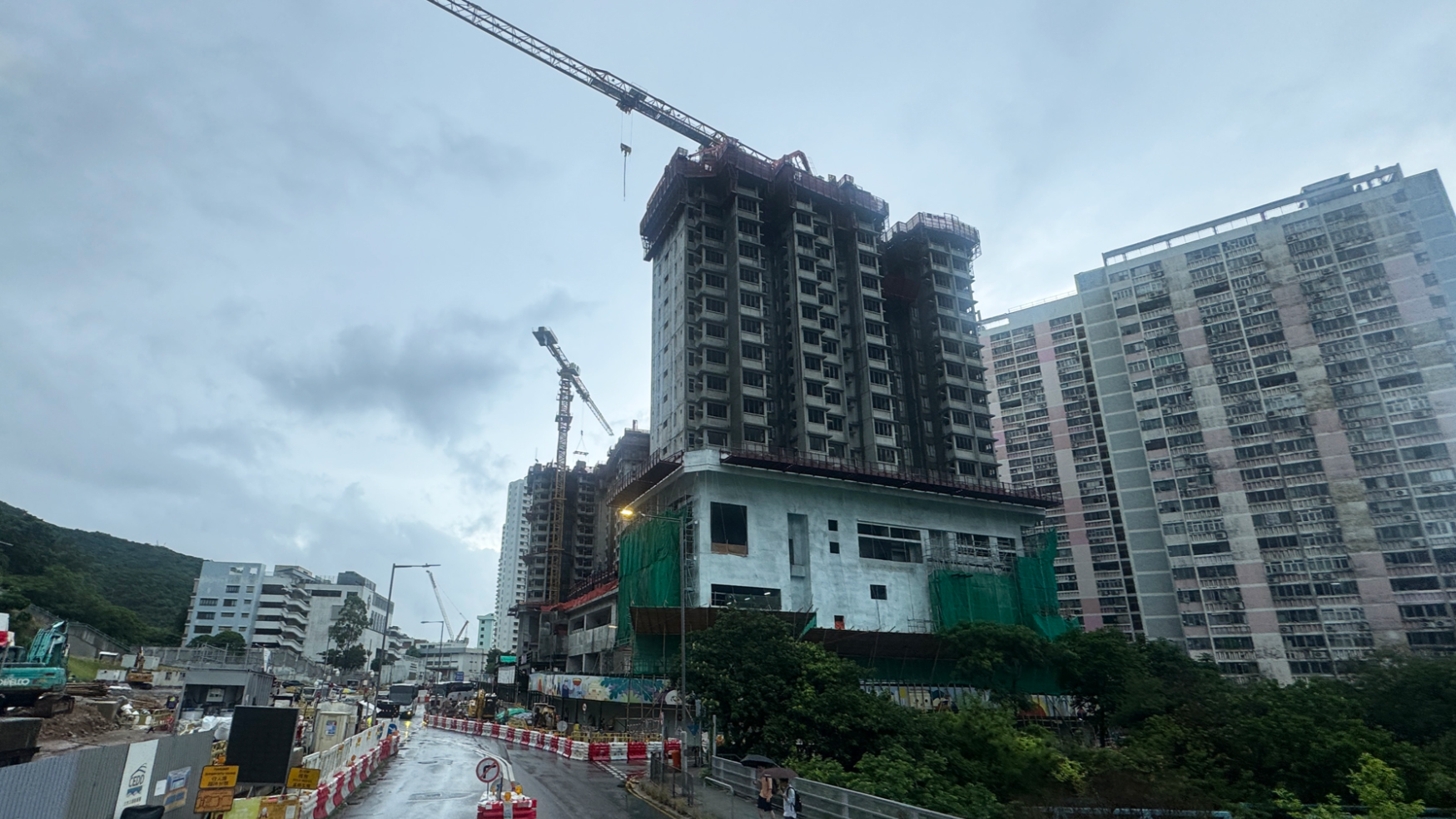
Hong Kong aims to provide 420,000 housing units over the next decade. This comes after the city significantly reduced its public housing backlog over the past three years, sheltering more than 100,000 families in public rental or subsidized flats — a 50 percent increase from the previous three-year period.
In unveiling its 2025 Annual Progress Report on the Long Term Housing Strategy on Tuesday, the Hong Kong Special Administrative Region government declared it was confident that it has sufficient land reserves to meet the 10-year target, down 4.5 percent year-on-year.
The government said that according to the established methodology for protection under the Long Term Housing Strategy which takes various factors such as net increase of households and households affected by redevelopment, the gross total housing demand for the next 10-year period is 419,100 units.
ALSO READ: Hong Kong housing not as unaffordable as reported
Therefore, the supply target is set at 420,000 units, including 294,000 public housing units and 126,000 private flats, maintaining the public and private housing supply ratio at 70:30.
For public housing, a government spokesman said that the back-loaded supply situation has been “completely reversed” under the current-term government’s effort in implementing multiple measures to enhance construction speed, quantity, quality and efficiency, with more than 103,000 families being housed in public rental housing or purchasing subsidized sale flats in three years.
The figure represented a surge of 50 percent compared to the 68,500 families housed from July 2019 to June 2022.
Currently, the waiting time for public rental housing is 5.1 years, down from 6.1 years when the current administration took office three years ago. The achievements were thanks in part to the government’s efforts to push for public housing production and the introduction of Light Public Housing in 2022 to help address the gap of public housing supplies.
“In the coming five years from 2026-27, the total public housing supply (including Light Public Housing) will reach 189,000 units, an increase of about 80 percent compared to when the current-term government took office,” the spokesman said.
As for private housing, the land supply will be sourced not only from government land sales but also from railway property development projects, initiatives led by the Urban Renewal Authority, and private development and redevelopment projects.
Looking at the shorter-term outlook, the supply of first-hand private residential properties is projected to be approximately 101,000 units over the next three to four years, based on the latest estimate from the end of June 2025.
To further enhance housing policies and better meet public needs, the Housing Bureau has outlined four key strategic directions: encouraging residents to climb up the housing ladder, optimizing the use of existing public housing resources, improving the cost-effectiveness of public housing projects, and regulating basic housing units.
Commenting on this latest report, legislator Scott Leung Man-kwong, also a member of the legislature's housing panel, said he believed the revised lower estimation of housing supply reflects a pragmatic assessment of demographic realities.
READ MORE: ‘Proactive governance’ philosophy is delivering
He also said he supports maintaining the 70-30 ratio between public and private housing, deeming it an appropriate allocation as the public rental housing waiting list has shortened.
Regarding the government's projection of 127,500 households living in an inadequate living environment, Leung expressed optimism that this number will fall after the Basic Housing Units Ordinance comes into effect on March 1.
He predicted that noncompliant subdivided units will be phased out within years, and the certified basic housing units, along with the rising supply of public housing, are expected to eventually rehouse these households and improve their living conditions.


